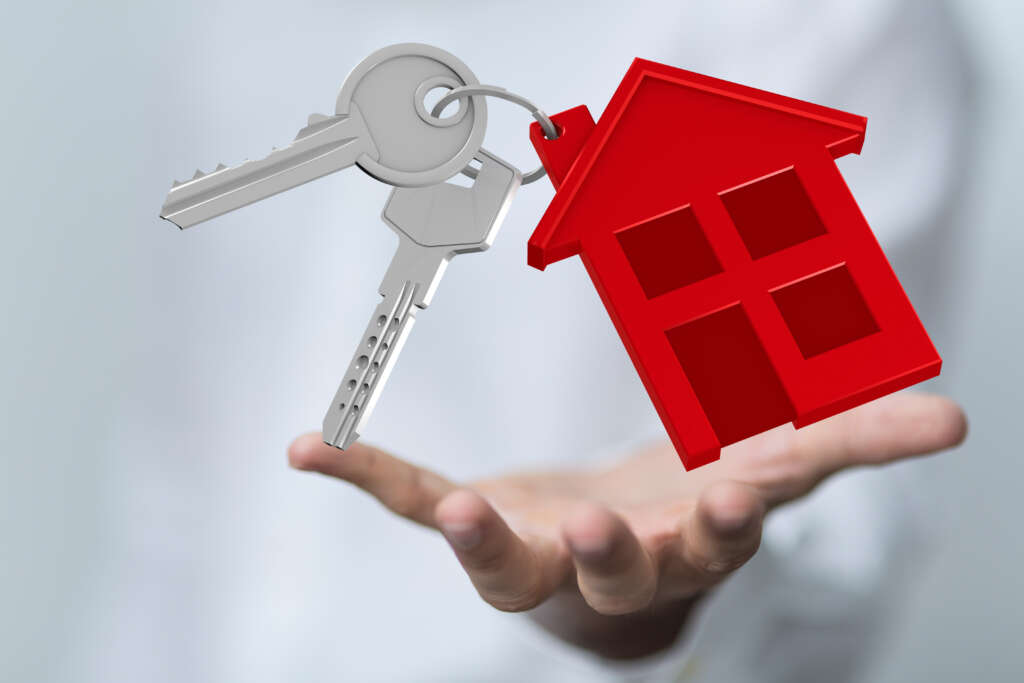Share This Article
Your home is probably your biggest investment, but many homeowners get caught off guard by maintenance costs. Those seemingly random repairs aren’t actually random – they’re somewhat predictable expenses you can plan for. Understanding how to budget for home maintenance transforms overwhelming surprises into manageable expenses.
The Real Numbers: What Home Maintenance Actually Costs
Financial experts recommend budgeting 1-4% of your home’s value annually for maintenance and repairs. For a $300,000 home, that means setting aside $3,000-$12,000 per year.
Recent data shows homeowners actually spend about $8,808 annually on maintenance, with costs continuing to rise due to inflation and material shortages. The key is building this into your budget before problems arise.
Smart Budgeting Rules That Actually Work
Different approaches work for different situations:
The Percentage Rule
Saving 1-4% of your home’s current market value annually works well for most homeowners but can be tricky when home values fluctuate wildly.
The Square Footage Rule
Set aside $1 per square foot of your home annually. A 2,000-square-foot house needs a $2,000 annual maintenance budget. This provides more stable budgeting when property values are volatile.
The 10% Rule
Save 10% of your total monthly housing costs (mortgage, taxes, insurance) for maintenance. If housing costs total $2,000 monthly, budget $200 per month for maintenance.
Age Matters: Adjusting Your Budget Over Time
Your home’s age dramatically affects maintenance costs:
- Homes built in 2010s: 2% of home value (newer systems, warranties may still apply)
- Homes built 1990s-2000s: 2-3% of home value (major systems approaching replacement)
- Homes built 1960s-1980s: 3-4% of home value (most systems beyond warranty)
- Homes built before 1960: 4-8% of home value (ongoing updates needed)

The Two-Fund Strategy: Maintenance vs. Emergency
Create separate funds for different types of expenses:
Regular Maintenance Fund
Budget for predictable annual expenses like HVAC tune-ups ($150-$300) and gutter cleaning ($200-$400). This should be about 60-70% of your total home maintenance budget.
Emergency Repair Fund
Set aside 10-20% of your total maintenance budget for unexpected issues like broken water heaters or storm damage. This fund should grow over time as major systems approach replacement.
High-Cost Items to Plan Ahead For
Major home systems don’t last forever. Planning ahead prevents financial shock:
- Roof: 15-30 years, $8,000-$30,000 replacement
- HVAC system: 15-20 years, $4,000-$15,000 replacement
- Water heater: 8-12 years, $1,000-$3,000 replacement
- Flooring: 10-25 years, $3,000-$15,000 replacement
Create a replacement timeline for your home’s major components and start saving accordingly.
Location and Climate Impact Your Budget
Homes in New England average $13,130 annually in maintenance costs, while homes in the East South Central region average just $6,270.
Factors that increase costs include harsh winters, high humidity, coastal locations, natural disaster zones, and high cost-of-living areas. Research typical maintenance costs in your area and adjust your budget accordingly.
DIY vs. Professional: Making Smart Cost Decisions
DIY costs typically run about half of professional work, but only tackle projects within your skill level.
Good DIY candidates:
- Routine cleaning and filter changes
- Simple painting and touch-ups
- Basic landscaping
- Weatherstripping and caulking
Always hire professionals for:
- Electrical work beyond changing fixtures
- Major plumbing repairs
- Roof work above single-story height
- HVAC system repairs
- Gas lines or structural changes
When Emergencies Strike: Funding Options
Recent surveys show 83% of homeowners dealt with unexpected repairs in 2024, with 46% spending over $5,000 out-of-pocket.
Emergency funding options:
- Home equity line of credit (HELOC) – typically lowest interest rates
- Personal loans – no collateral required but higher rates
- Credit cards – fastest access but highest cost
- Contractor financing – sometimes available for major projects
Building Your Maintenance Fund
Start with automatic monthly transfers to a dedicated savings account. Even $50 monthly adds up to $600 annually. Use tax refunds or bonuses to boost your fund, and gradually increase contributions as you get comfortable.
Remember that maintenance is an investment in your home’s value and your family’s safety. A well-maintained home costs less to operate, retains value better, and provides fewer unpleasant surprises. Start building your maintenance fund today – your future self will thank you when that water heater keeps working through another winter.


